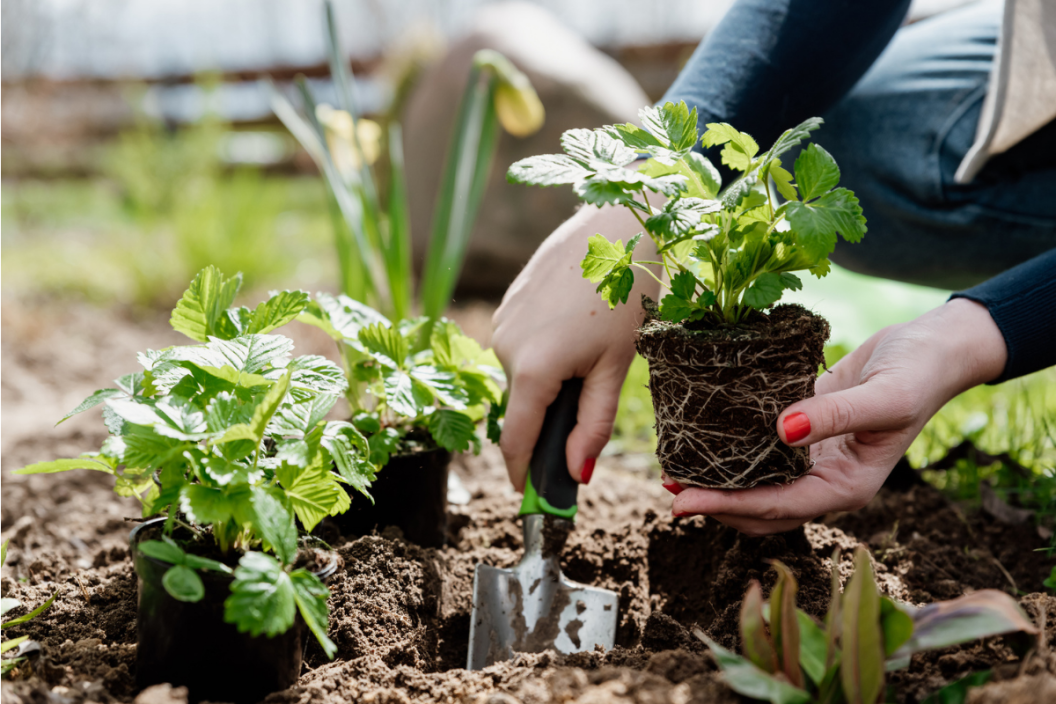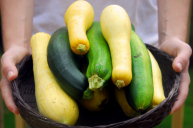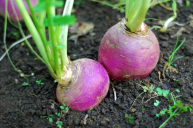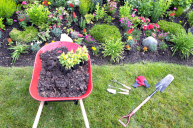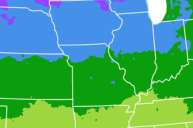After the long months of gray skies and frigid temperatures that overtake most of the United States in the winter, many gardeners are waiting eagerly for the temperatures to rise and the trees to bloom, signaling an end to winter and the start of gardening season. When the weather starts to turn and the flowers in the park begin to bloom, you know that it's almost time to plant your seeds. However, for a successful garden, it's important to know which veggies will thrive in your area and when to plant them. For those living in USDA zone 7, the gardening zone that runs through the central-south part of the country, there's a few things to note about setting up a planting schedule.
Videos by Wide Open Country
There are many elements that go into successfully growing a garden, from where in the yard to put it to how far apart to plant your seeds. One of the most important considerations is knowing when to plant your seeds. Depending on your area's climate and USDA zone, your veggies will need to be planted at a specific time of year to have the best shot at survival.
Are You Located in USDA Gardening Zone 7?
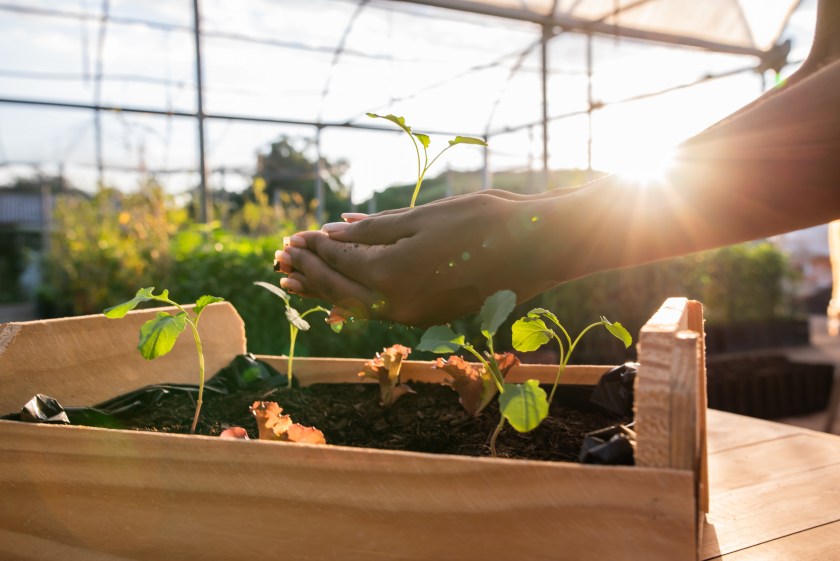
Getty Images/andreswd
The USDA zones, also called growing zones or gardening zones, are the sections in a map that divides the US into zones based on temperatures. Knowing what zone you're in is essential for gardeners and homesteaders, since each plant thrives in a certain temperature range. To check which zone you're in, look for your state on the USDA Plant Hardiness Map.
The hardiness zones help gardeners to make wise decisions about which plants to plant in their gardens and when to plant them, avoiding the frustration of tending to plants that aren't adapted to survive in your climate.
USDA zone 7 runs through the middle of the country and can be found in 28 states, encompassing southern Oklahoma, northern Texas, southern New Mexico, central Arizona, southern Utah, parts of Alabama, Tennessee, and more. This zone is hotter and more arid than the northern part of the country and much of the midwest but is cooler than the southernmost part of the United States.
This makes for a medium length growing season of 7 months and allows for lots of versatility when it comes to plant varieties that'll thrive in your garden. With a last frost date of April 15th and a first frost date of November 15th, you can begin planting your veggies and flowers in the second half of April and enjoy the fruits of your labor into early November depending on where you are in the zone. To see when the average last frost and first frost dates of your area are, put your zip code into the Farmer's Almanac.
When To Plant Vegetables in Zone 7
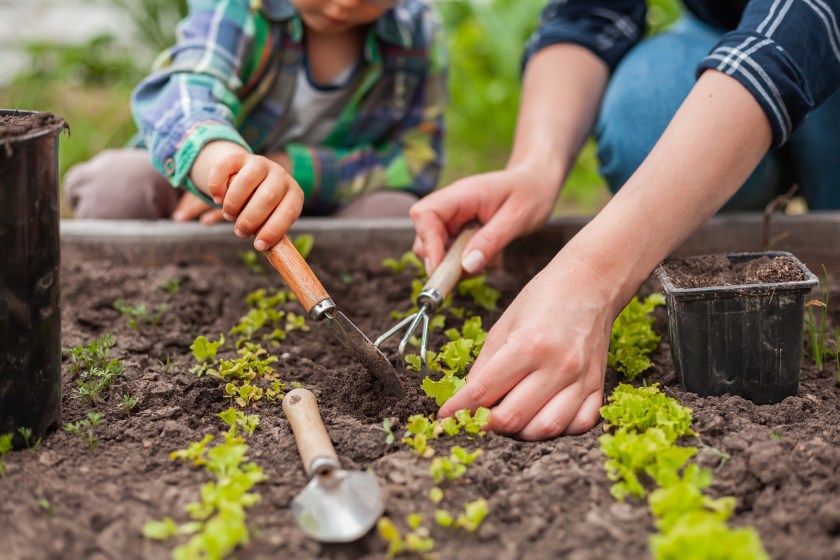
Getty Images/perfectlab
If you live in zone 7 and are eagerly anticipating planting your garden and watching your seeds grow into tasty veggies, the first step is figuring out what you'll be planting this year. Whether you want to go with classics like tomatoes, basil, and zucchini or you want to switch it up with gourds and artichokes, you need to make a plan for which vegetables you'll be growing in your garden.
Fortunately, zone 7 has an excellent climate for vegetable gardens, since the spring comes relatively early and lasts for awhile. This planting zone is perfect for most veggies because so much of the year is frost-free, giving essentially any vegetable time to mature. Because of this, most vegetables will thrive in zone 7 when planted in the right conditions, so you can grow a garden full of your favorites as long as you follow the directions of the seed packets and water your garden regularly.
Although some gardeners rely on lore surrounding planting schedules like not planting tomatoes until after Mother's Day or always planting potatoes on Good Friday, the best way to successfully grow vegetables is to look at your growing zone and the recommendations for planting times.
Frost-tolerant Veggies to Plant in February and March
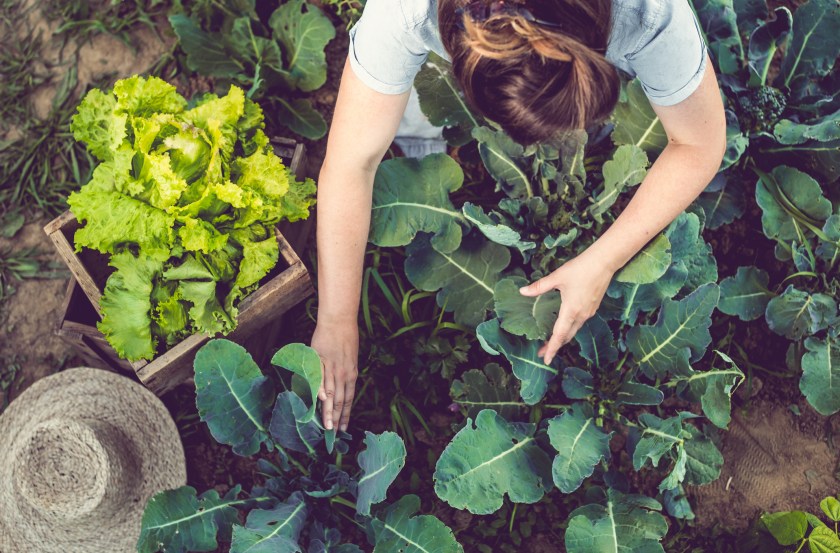
Getty Images/sanjeri
- broccoli
- cabbage
- lettuce
- onions
- potatoes
- spinach
- turnips
- collards
- peas
- arugula
- parsnips
- radishes
- kale
- beets
- carrots
Warm-season Veggies to Plant in April, May and June
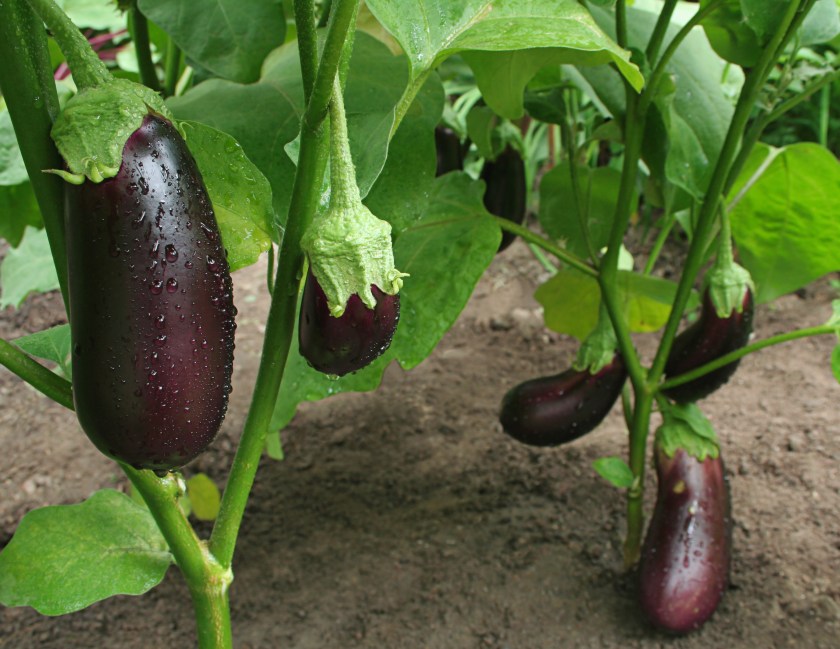
Getty Images/PhotoHamster
- cucumbers
- beans
- eggplant
- okra
- peppers
- squash
- tomatoes
- melons
- Brussels sprouts
- corn
- onions
For those lucky enough to live in zone 7, the world is your oyster when it comes to vegetable gardens. Whether you're a fan of leafy greens or aromatic herbs, your garden is likely to thrive with the right planning and maintenance. Now that the temperatures are warming and the flowers are blooming, it's time to start planting your garden so that you can enjoy a summer and fall full of fresh veggies grown from your own yard.
